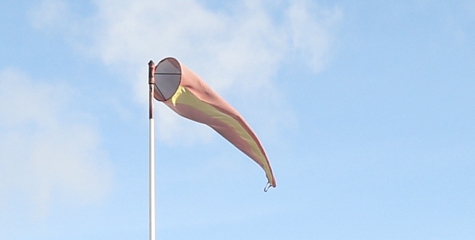Please use these boxes to provide up to 2 drivers of HIGH importance. Click on HELP to see examples:
|
|
Driver 1
|
Driver 2
|
|
Technological/Scientific
|
Sustainable technology is believed to be the 6th wave of innovation (including radical resource productivity, whole system design, biomimicry etc.).
Since the First Industrial Revolution, there have been at least six waves of innovation. In the 1700s: Iron, textiles, mechanisation, commerce. In the 1900s electricity, chemicals, cars. In the mid 20th century: petrochemicals, space race and electronics. The most recent wave of innovation brought computers and the information age.
|
|
|
Economic
|
Spread of green business models that help to build profit, brand and competitive advantage, while reducing “waste”, environmental impact, and risk.
Air pollution, ground water contamination, degraded land and waste endanger economic growth.
|
|
|
Environmental
|
Shortage of fossil fuels, freshwater, minerals and metals. Time frame to reroute: 3 to 4 decades.
|
|
|
Political
|
Increasing governmental aid for sustainable markets as well as political regulations, penalties & environmental standards for corporations.
|
|

.png)
